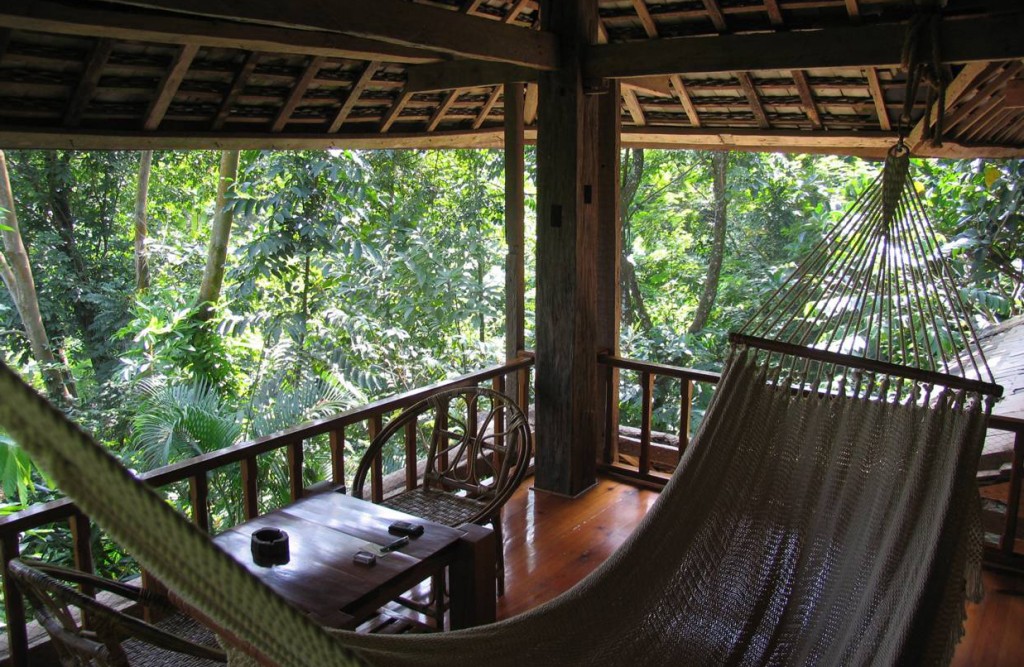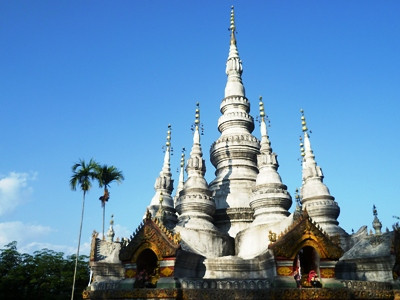
If cold weather is not your thing, head south to the subtropical region of Xishuangbanna.
Nestled in the southernmost tip of Yunnan province, just between neighboring Myanmar and Laos, this region hosts a vibrant intermingling of cultures and landscapes. With average daily highs of 26 degrees Celsius in January, the forests and villages here are immune to the annual chill that is felt in the north. It’s no wonder Xishuangbanna was picked as Travel+Leisure’s 2012 Hottest Travel Destinations.
What better way to spend the winter than in the mountains and rainforests of Southeast Asia?
The winter months are the ideal time to visit this part of the world, as they mark the end of the wet season. Imagine finding your inner naturalist as you walk among the regional flora, keeping an ear out for the song of the elusive black-crested gibbon.
The home of peacocks, wild oxen and various primates, Xishuangbanna is also the only place in China that still has a wild Asian elephant population.
Xishuangbanna’s biodiversity is matched by an equally astounding cultural presence. Of more than a dozen different ethnic groups living here, the most prominent is the Dai population, which makes up nearly a third of the region’s one-million inhabitants.
Dai culture is markedly different from that of other Chinese populations. The language spoken here is more similar to that of the Thai, which draws heavily upon Theravada Buddhism and the indigenous practices that predate it. Both geographically and culturally, this is the one part of China that really belongs to Southeast Asia, and that feeling is impossible to miss.
If you are looking to get a taste of this unique cultural identity, your best bet is to take a trip into one of the many villages that dot this region. Here, you experience life as it has existed for centuries – something that is increasingly precious in a country that is rocketing into the 21st century. Visit the age old Buddhist pagodas, or step into a villager’s home for a cup of tea. This is, after all, the corner of the world where tea originated.
If you’d like more travel ideas or to join AsiaTravel on a trip to China’s subtropical south, see our journey:
Sichuan’s Natural Wonders

On the road in Xishuangbanna: Manfeilong Stupas.
Photo Credit: Chris Horton
